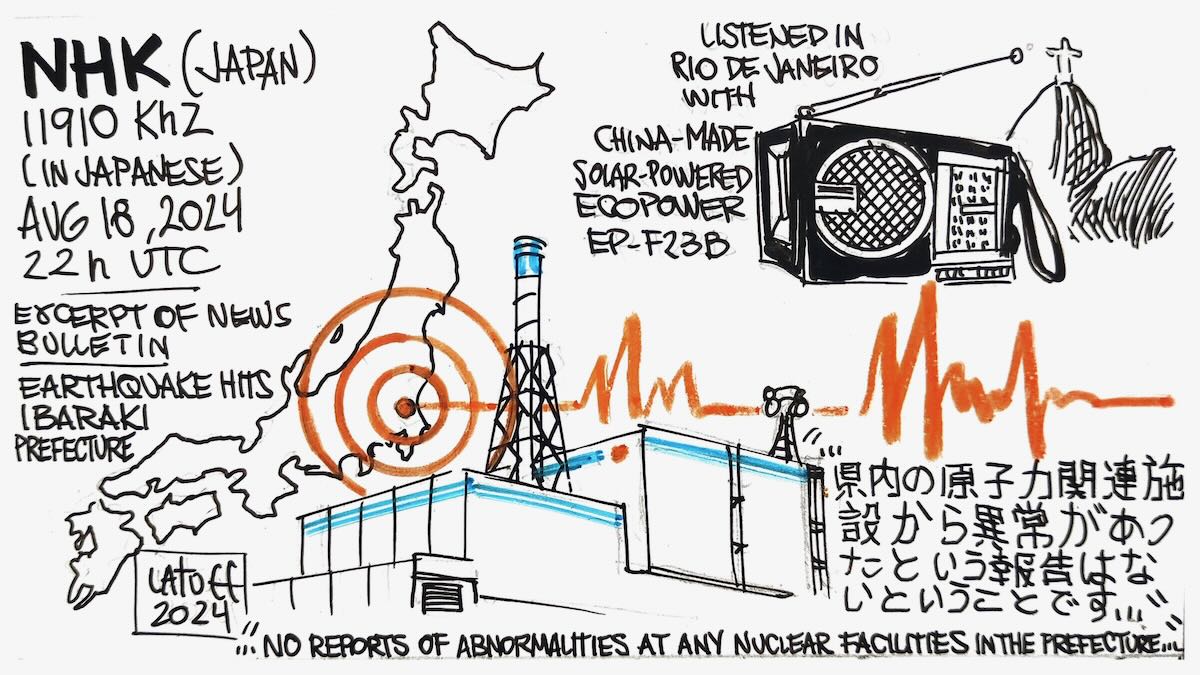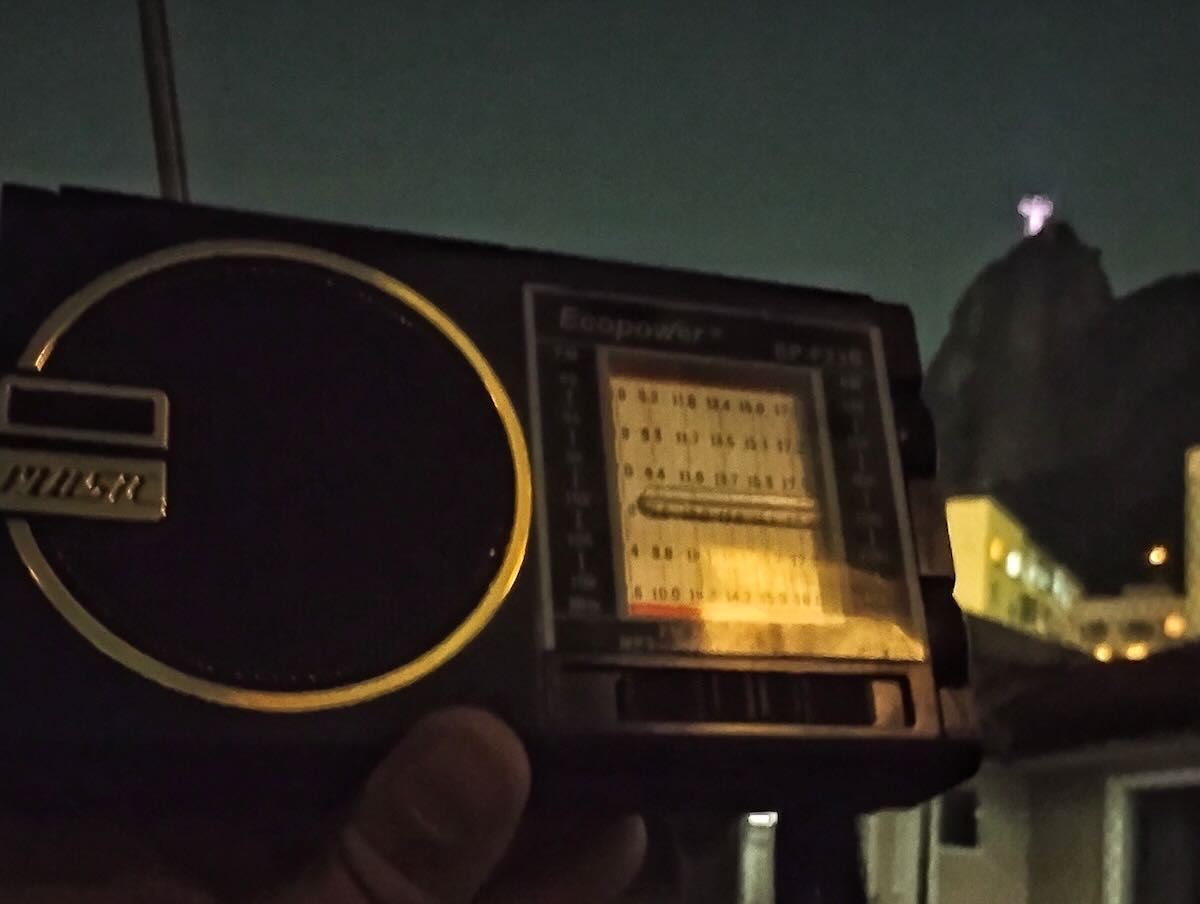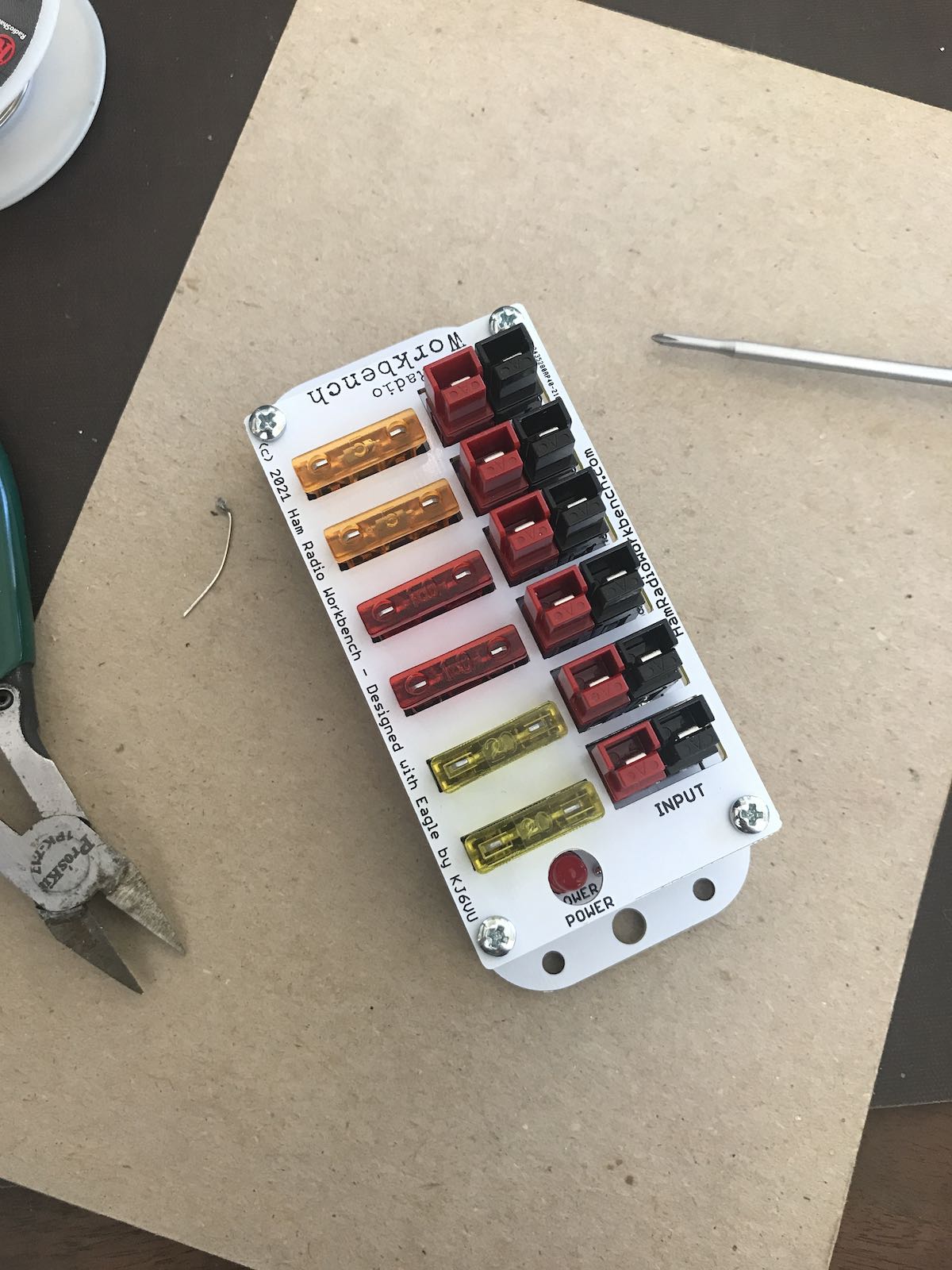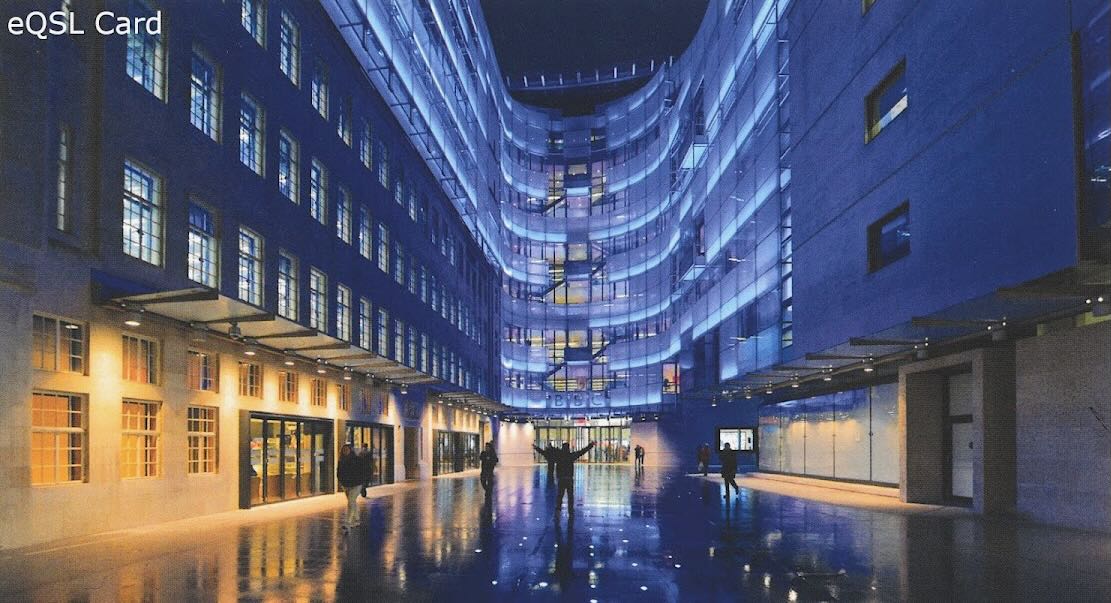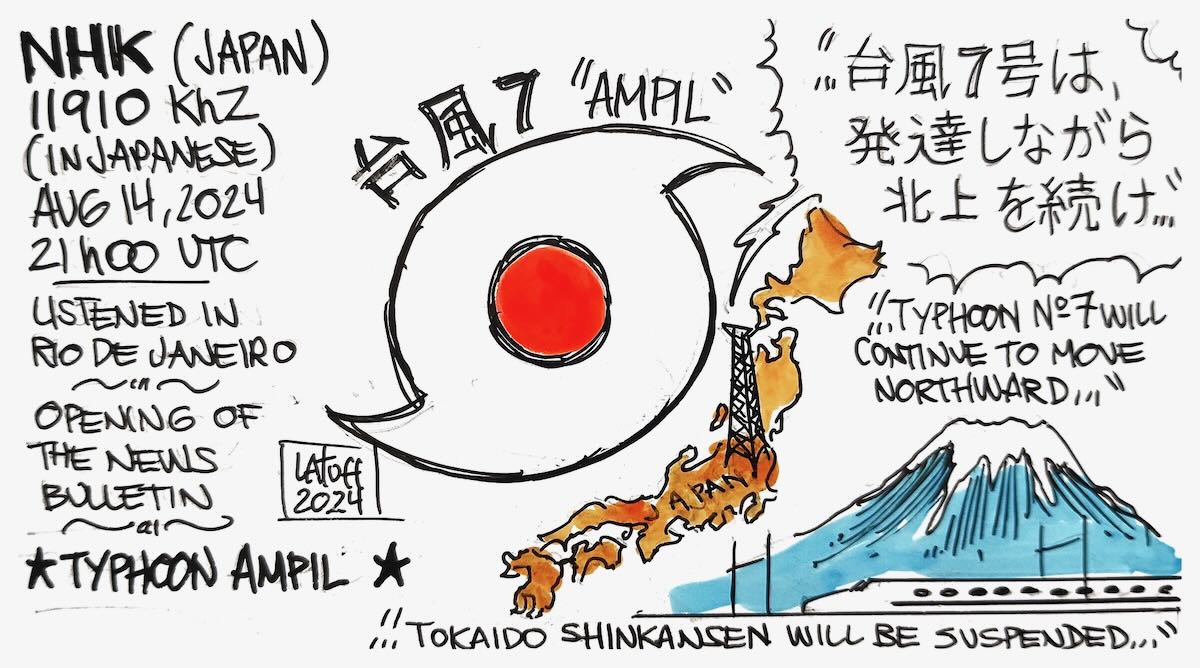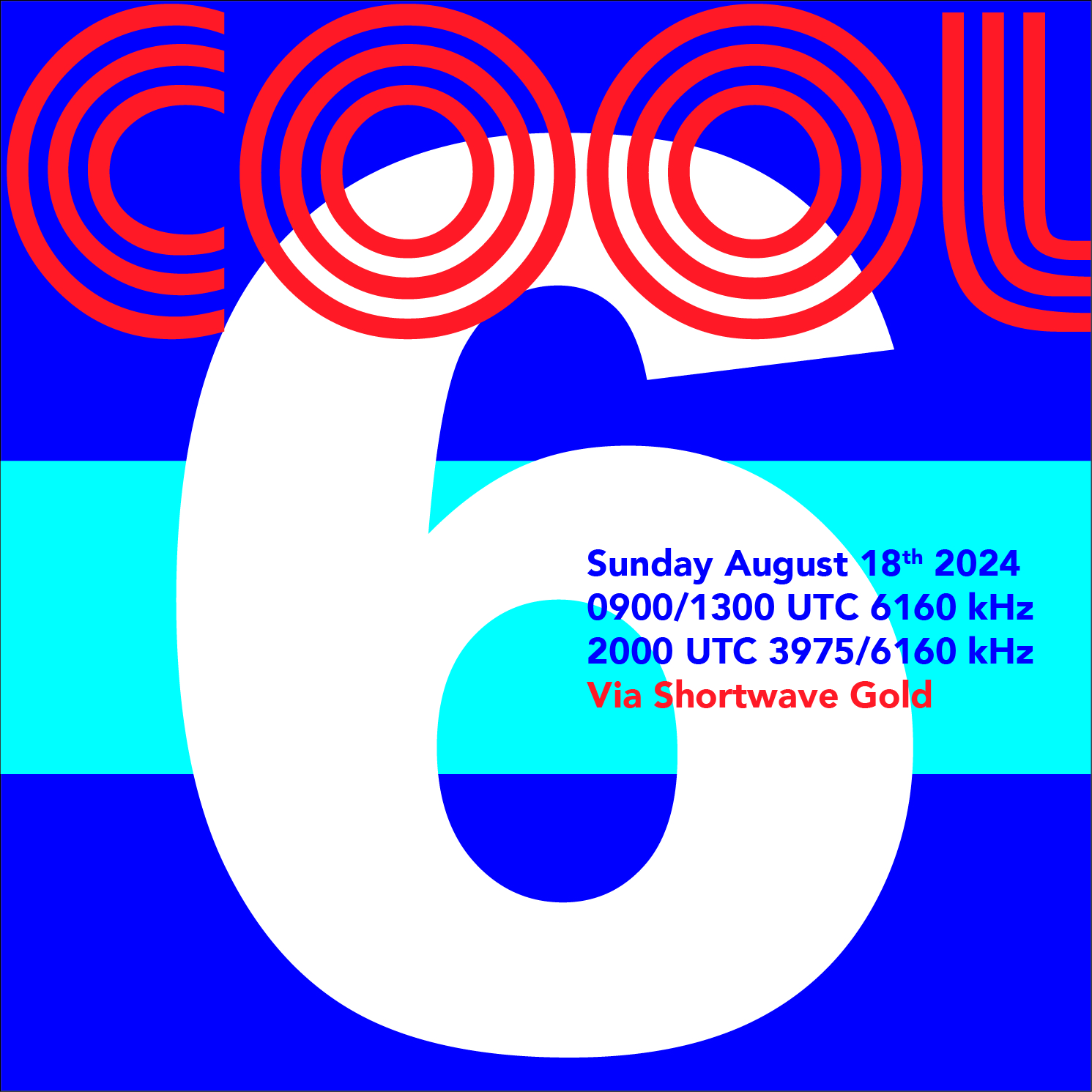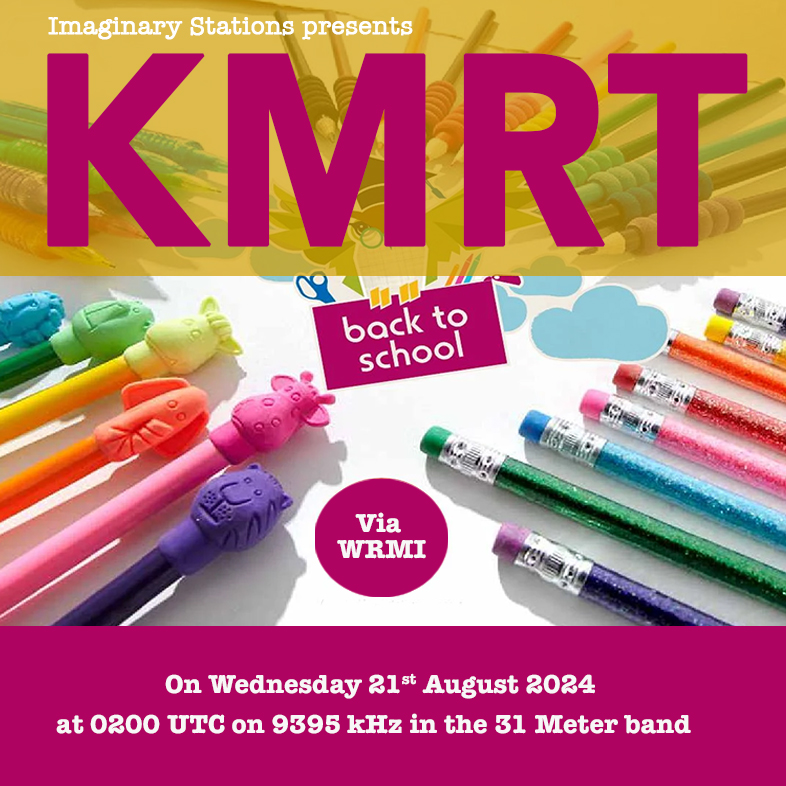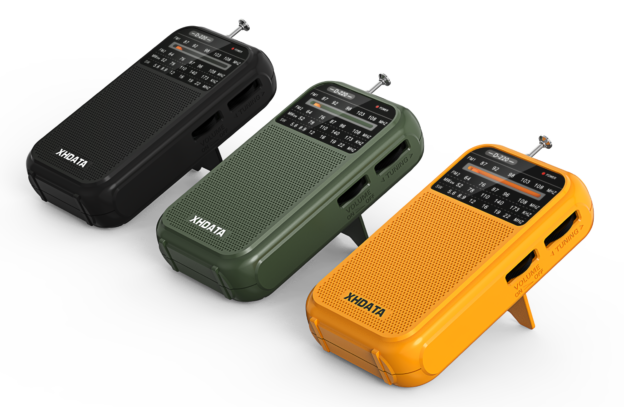 Many thanks to SWLing Post contributors Richard Cuff and Markku Koskinen who share the following (sad) news:
Many thanks to SWLing Post contributors Richard Cuff and Markku Koskinen who share the following (sad) news:
Station pointed to financial losses as major reason behind closure
A mainstay of Hamilton’s airwaves for almost a century has gone off the air.
900 CHML announced on social media on Wednesday that the radio station would be closing after many years of providing the city and surrounding area with local talk-radio programming.
“This decision, though incredibly difficult, has been made after careful consideration and is necessary following years of financial loss,” read the post.
“The shift of advertising revenues to unregulated foreign platforms, combined with the difficult regulatory and competitive landscape, has forced us to make the difficult decision to close,” added the post. [Continue read at the Star…]

